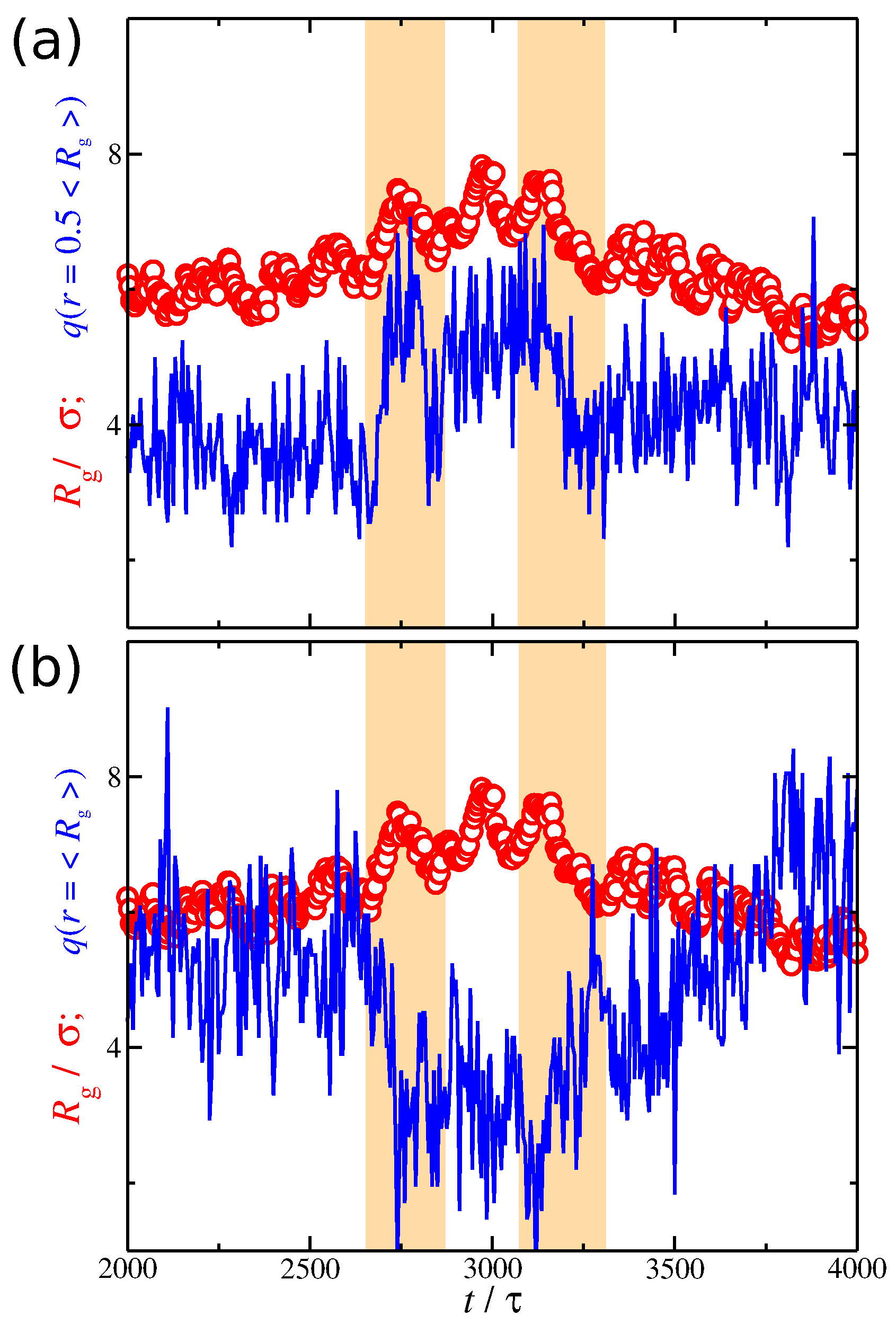

Alexandros chremos series#
These findings are also closely related to relative simple case of electrolyte solutions, where the strength of solvent interaction with ionic species dictates the location of the ion along the Hofmeister series and modulating the solution properties of these solutions such as viscosity, density, and surface tension. Our findings demonstrate that the solvent is responsible for heterogeneous structure formation in salt-free polyelectrolyte solutions, revealing the essential role of the solvent interactions with the charged species in the description of the polyelectrolyte solutions. Superionic crystalline materials having a liquid-like conductivity are particularly interesting for battery, fuel cell, and other energy applications, and we study UO2 as a prototypical superionic material since this material is widely. To probe this effect, we perform molecular dynamics simulations based on a coarse-grained model of polyelectrolyte solutions with an explicit solvent. Crystalline materials at elevated temperatures and pressures can exhibit properties more reminiscent of simple liquids than ideal crystalline materials. This effect has significant implications for the function of proteins and other natural occurring polyelectrolytes (e.g., DNA), as emphasized long ago by Kirkwood and coworkers. The theoretical difficulties are especially great for flexible polyelectrolytes due to the additional complex coupling between the polyelectrolyte chain configurations and a diffuse 'polarizable' cloud of counter-ions around these polymers. While, it is widely appreciated that highly charged particles having the same charge to form dynamic clusters in solution, an accepted theoretical framework which accounts for this ubiquitous phenomenon, has been slow to develop. Most polymers encountered in living systems are polyelectrolytes because of their solubility in water, and this broad class of polymers is also ubiquitous in commercial materials in which water solubility is required examples include hydrogels in diapers and gene delivery, thickeners in food industries, drug delivery, water purification agents, and cosmetics. Title: Solvation effects in (poly)electrolyte solutions Materials.ChBE Seminar Series: Alexandros Chremos, NISTĪmy Alexandros Chremos, Postdoctoral Researcher at NIST Mobility from non-ionic materials are observed, and we suggest that thisĭifference is due to the relatively high cohesive interaction of ionic Strong differences in the temperature dependence of the interfacial String-like collective motion scaling inversely with the excess entropy of theĬrystal. Specific heat and thermal expansion data, consistent with the average scale of Which the excess entropy density of the crystalline material is estimated from Our transport data can also be described equally well by an Adam-Gibbs model in The activation energy varies in direct proportion to the average string length. In terms of a generalized activated transport model ('string model') in which Time of this prototypical superionic material can be quantitatively described We find that the non-Arrhenius diffusion and structural relaxation We then quantify structural relaxation, dynamic heterogeneity, and average ions Using molecularĭynamics, we first investigate basic thermodynamic and structural properties. Widely studied given its commercial importance as reactor fuel. Particularly interesting for battery, fuel cell, and other energy applications,Īnd we study UO2 as a prototypical superionic material since this material is Superionic crystalline materials having a liquid-like conductivity are Properties more reminiscent of simple liquids than ideal crystalline materials. Alexandros Chremos 1, Jack F Douglas 1 Affiliation 1 Materials Science and Engineering Division, National Institute of Standards and Technology, Gaithersburg, Maryland 20899, USA.
Alexandros chremos pdf#
Douglas Download PDF Abstract: Crystalline materials at elevated temperatures and pressures can exhibit Authors: Hao Zhang, Xinyi Wang, Alexandros Chremos, Jack F.


 0 kommentar(er)
0 kommentar(er)
